Abstract:
This article devils into the intriguing parallels between modern quantum gravity, quantum field theory, and ancient Vedic philosophy. Though vastly different in methodology, both systems address fundamental questions about the nature of reality, time, and consciousness. Quantum mechanics and field theory propose an interconnected, dynamic universe where observation influences reality, a concept that resonates with Vedic ideas of Brahman, the universal consciousness, and Maya’s illusory nature of material existence. Vedic notions of time, seen as cyclical and emergent, align with quantum gravity’s fluid, non-linear time model, further drawing comparisons between quantum superposition and the Vedic concept of multiple realities. String theory’s vibrating strings also find a parallel in the Vedic concept of “Nada Brahma,” suggesting that both traditions envision a vibrational universe. This synthesis of quantum physics and Vedic metaphysics offers a unified framework that challenges traditional notions of separateness and time, encouraging a holistic approach to understanding the cosmos.
Key words
Quantum Gravity, Vedic Philosophy, Consciousness, Superposition, Cyclical Time
Introduction
The union of ancient Vedic philosophy with modern quantum physics, particularly quantum gravity and field theory, presents a fascinating synthesis of thought. The Vedas, especially the Upanishads, delve deeply into the nature of reality, time, and consciousness. In parallel, modern physics, particularly Quantum Field Theory (QFT) and the pursuit of a unified theory of quantum gravity, seeks to explain the universe at the most fundamental level. The insights from both domains seem to intersect on key philosophical and metaphysical points, urging a deeper understanding of reality.
The Vedas, ancient scriptures forming the foundation of Hindu philosophy, offer profound reflections on the nature of existence, time, and the universe. When examined through the lens of quantum physics, the similarities between the two become apparent. Both seek to explain the underlying structure of reality—one through metaphysical exploration, the other through mathematical and empirical rigor.
Quantum Physics and Vedic Consciousness
Quantum physics and Vedic philosophy, especially as outlined in the Upanishads, dig into the mysteries of reality, consciousness, and the interconnectedness of all existence. Although they originate from very different times and places—modern science core ideas seem to resonate deeply with ancient spiritual teachings from Vedas.
Quantum Physics and Vedic Concepts
In quantum mechanics, we come across two key principles: quantum superposition and quantum entanglement. Superposition is the idea that particles, like electrons, can exist in multiple states at once. Entanglement refers to the phenomenon where particles can become interconnected in such a way that the state of one particle instantly influences another, no matter how far apart they are. These phenomena defy classical ideas about space, time, and the separateness of objects.
Similarly, the Vedas—ancient Hindu scriptures—describe the universe as deeply interconnected. According to Vedic philosophy, the universe is unified by a fundamental essence called Brahman, which is eternal, infinite, and pervades everything. This idea closely mirrors the concept of a “unified field” in quantum physics, from which all particles and forces emerge. Both perspectives suggest that what we perceive as distinct and separate entities are actually part and parcel of a larger, indivisible whole.
The Role of the Observer
Quantum mechanics introduced the concept of the observer playing a crucial role in shaping reality. A famous example of this is the double-slit experiment, which demonstrated that particles like electrons behave differently when they are observed. When unobserved, they act like waves, spreading out across space. But when observed, they collapse into a single, definite state. This suggests that the act of observation—possibly tied to consciousness—affects the behavior of particles.
This ties in with Vedic ideas about maya, which is the illusion of being doer in the material world. According to the Vedas, the world we experience through our senses is not the ultimate reality; it is shaped by our perceptions, much like how the observed behavior of particles in quantum mechanics is influenced by the observer. In both systems, the material world is not seen as a fixed, objective reality, but as a dynamic, interconnected process influenced by consciousness and observation.
Schrödinger and the Upanishads
Erwin Schrödinger, one of the founding fathers of quantum mechanics, was heavily influenced by the Upanishads, which are philosophical texts that form the core of Vedic thought. In these texts, there is the concept of Atman (the individual soul) and Brahman (the cause of Atman and the universal consciousness). The Upanishads teach that Atman is identical to Brahman and are one and the same in qualitative nature, or we can say individual consciousness is not separate from the universal consciousness, but a manifestation of it.
Schrödinger adopted this view in his philosophical reflections. In his book What is Life?, he discussed the idea that consciousness is singular and universal, suggesting that the apparent plurality of individual consciousnesses is an illusion, much like how quantum mechanics reveals that particles are interconnected at a fundamental level. This concept reflects the Achintya Bhedabheda or Vishishtadvaitadvita philosophy from the Vedas, which posits that reality is simultaneously unified and differentiated. While all existence is part of a single, interconnected whole, our perception often interprets it as divided and distinct.
Schrödinger’s reflections highlight how quantum mechanics, which deals with the nature of matter and energy at the smallest scales, intersects with ancient spiritual ideas about consciousness and the universe. In both quantum theory and Vedantic philosophy, there is an emphasis on the unity of all things and the role of the observer in shaping reality.
Modern Scientific Reflections
Recent work in quantum mechanics has continued to explore these intersections. Some physicists are even attempting to build models of consciousness using quantum theory. They propose that consciousness might not be confined to the brain but could be a more fundamental feature of reality, akin to the Vedic idea that consciousness permeates the universe.
For example, quantum field theory (QFT) suggests that everything in the universe, including space and time, emerges from quantum fields. This is strikingly similar to the Vedic view that the material world emerges from Brahman, the ultimate, absolute and unchanging reality. As physicists search for a Theory of Everything—a single framework that can unite all the forces of nature—they are, in a sense, echoing the Vedic quest to understand the ultimate nature of reality, where everything is interconnected and comes from one source.
Like Vedic philosophy, quantum physics using different languages and methodologies, is now moving ahead on similar findings about the nature of reality. It suggest that the universe is fundamentally interconnected, that consciousness plays a key role in shaping reality, and that what we perceive as the material world is not the ultimate truth but an emergent, interconnected reality shaped by observation as taught by Vedic Rishis through time immemorable. Schrödinger’s reflections on the Upanishads show that even within the highly technical world of quantum mechanics, there is always fundamental support from ancient spiritual wisdom, offering a bridge between science and spirituality that continues to inspire new ways of thinking about reality.
Quantum Field Theory and the Nature of Time
Quantum Field Theory (QFT) reformed our understanding of particles and force, explaining how every particle is a manifestation of underlying fields that pervade all of space. In the context of QFT, time may not be necessarily linear, and its flow can vary across different reference frames, particularly in the realm of quantum gravity where space and time themselves become dynamic entities. This fluid, non-linear understanding of time aligns with Vedic metaphysics, where time (known as Kala) is seen as a cyclic and dynamic force, manifestation of Para Brahman.
In the Atharva Veda, time is not just a sequential unfolding of events but an all-encompassing continuum that holds past, present, and future together in a unified whole. This view mirrors the concept of quantum decoherence, where the ‘present’ is not a definitive moment but a branching point where multiple possible realities coexist.
Quantum Field Theory (QFT): Quantum Field Theory (QFT) is the framework used by physicists to understand how fundamental particles like electrons, photons, and quarks interact through forces like electromagnetism and gravity. It treats particles not as individual points but as innervations in continuous fields that exist everywhere in space. Imagine the universe as filled with invisible fields, much like a fabric stretched across space, and particles are the tiny ripples or waves on that fabric.
For example, in QFT, an electron isn’t just a tiny ball but a ripple in the “electron field.” Similarly, photons are ripples in the “electromagnetic field.” All forces and particles emerge from these fields interacting with one another.
The Concept of Time in Quantum Physics: In classical physics, time is seen as linear—like an arrow moving from the past, through the present, and into the future. However, in quantum mechanics and quantum field theory, time behaves very differently.
In quantum physics, time is not necessarily linear or uniform. It behaves more fluidly, especially when you get down to the scale of tiny particles, or when you try to combine quantum mechanics with the theory of gravity (quantum gravity). Time doesn’t just “flow” in one direction; it can behave differently based on the observer’s reference frame. This means that time can stretch, compress, or even seem to stop, depending on how fast you’re moving or how close you are to a gravitational source like a black hole.
Quantum Gravity and Time
Quantum Gravity is a field of study that attempts to unify quantum mechanics with Einstein’s general theory of relativity. General relativity tells us that space and time are interconnected and dynamic; they bend and stretch in response to matter and energy. On the other hand, quantum mechanics governs the small-scale behavior of particles. Combining these two gives rise to new ways of understanding time.
Loop Quantum Gravity (LQG) is one approach to understanding quantum gravity. LQG suggests that space and time are not continuous like a smooth sheet but rather consist of tiny, discrete chunks or “quanta.” In this view, time itself could be broken into small, indivisible units, much like how matter is made up of atoms. This leads to the idea that time might not “flow” in the traditional sense but instead emerges from these fundamental quantum events.
This non-linear view of time resonates with ancient Vedic Understanding. In Vedic thought, Kala (Time) is seen as cyclic and eternal. Time is not a simple progression from past to future but is dynamic, with cycles of creation, preservation, and destruction (as seen in the concept of cosmic cycles, or Yugas). This aligns with the modern notion that time is a more complex, fluid concept in quantum physics.
Vedic Views on Time: Parallels with Quantum Physics
The Vedas, offer a perspective on time that’s remarkably resonates with these modern scientific ideas. In the Atharva Veda, for instance, time is described not as a linear sequence of events but as a continuous flow that holds past, present, and future together. This idea is echoed in the concept of Maya, which means that our material perception of time and reality is an illusion. What we perceive as the “present” is just one of many possibilities, much like in quantum physics where different realities can coexist until a measurement is made.
The Brihadaranyaka Upanishada and Gitopanishada (Bhagavata Gita), one of the principal Upanishads, presents even more profound idea—that the Self (Atman) is beyond time and space. In this view, time is part of the material manifestation, which is an illusion (Maya) or the external manifestation of the absolute beauty, and the true nature of reality is timeless and eternal. This has a striking resemblance to quantum superposition in physics, where multiple possibilities exist until an observation or interaction collapses them into a single outcome.
In quantum mechanics, time is often viewed as part of the same fabric as space (spacetime), and the flow of time can vary based on one’s reference frame. This idea aligns with Vedic concepts, where time is seen as cyclical and part of a larger cosmic order. In both views, time is not a rigid, one-way street but a more flexible, dynamic force that can vary or behave differently depending on the context.
The Latest Findings and Research in Quantum Gravity
The search for a Theory of Everything continues to push the boundaries of our modern understanding of time and space towards Vedic teachings. Research in quantum gravity, such as string theory and loop quantum gravity, is exploring the idea that both space and time are emergent properties, not fundamental. These theories propose that what we experience as time might arise from more basic, timeless phenomena.
String Theory suggests that the universe is made of tiny, vibrating strings, and time could emerge from the vibrations of these strings. Loop Quantum Gravity, on the other hand, posits that space and time are made up of discrete loops, and time itself might be a product of the quantum states of these loops.
In recent research, scientists are also exploring the idea of quantum entanglement and its connection to the fabric of spacetime itself. Entangled particles—particles that are linked in such a way that the state of one instantly affects the state of the other, no matter the distance—may play a key role in how spacetime is woven together at the quantum level.
Quantum physics and timeless teachings of Veda offer profound insights into the nature of reality, time, and consciousness. While modern physics uses mathematical models and experiments to explore these mysteries, the ancient Vedic texts approached them through deep philosophical inquiry and meditation. Both traditions challenge our conventional understanding of time, showing that it may be more fluid, interconnected, and dynamic than we realize.
At the heart of both quantum physics and Vedic thought is the idea that the universe is a deeply interconnected whole. Whether we look at the quantum fields that give rise to particles or the Vedic concept of Brahman, the ultimate reality that underlies all existence, we find a vision of the universe as a unified, dynamic system, where consciousness and matter are deeply intertwined.
In summary, the Vedic view of time as cyclical, dynamic, and interconnected parallels the latest findings in quantum gravity, where time is understood not as a simple, linear progression but as part of the complex, dynamic fabric of the universe.
Vedic Insights into Quantum Gravity
The Vedic Concept of Brahman and the Quantum Vacuum
In Vedic philosophy, Brahman is the ultimate, unchanging reality from which the entire universe emanates. Brahman is described as infinite, eternal, and beyond human perception, yet it is the source of all that exists. This idea mirrors the concept of the quantum vacuum in modern physics, which is not “empty” in the classical sense but is a state full of potential. The quantum vacuum is a sea of fluctuating energy that can give rise to particles and forces through spontaneous quantum fluctuations. This scientific notion of a seemingly void but fertile space resonates deeply with the Vedic understanding of Brahman as the source of all creation, existing beyond time and space yet producing the universe as we know it.
According to quantum field theory, the quantum vacuum is the lowest energy state of a field, and all particles are excitations of this field. In the same way, the Vedic concept of Brahman implies that all matter, energy, and consciousness are manifestations or “excitations” of the underlying unity of Brahman. This profound parallel between ancient metaphysics and modern quantum mechanics points toward an underlying unity that both traditions seek to understand.
String Theory and Vibration: Parallels with Vedic Philosophy
String theory, one of the most popular approaches to quantum gravity, suggests that the fundamental building blocks of the universe are not point-like particles, but tiny, vibrating strings of energy. These strings vibrate at different frequencies, and their vibrations give rise to the particles and forces we observe in nature. The frequency of a string’s vibration determines the properties of the particle it represents.
This idea of a vibrating universe echoes the Vedic concept of “Nada Brahma”, which translates to “the world is sound” or “the universe is vibration.” In the Vedas, Om (or Aum) is considered the primordial sound, the first vibration that gave rise to the universe. Om represents the fundamental vibration that underlies all of creation, much like the vibrating strings in string theory. Both ideas—whether in physics or Vedic thought—point to a universe that is not made of solid objects, but rather of dynamic, vibrating entities.
The Mandukya Upanishad explains Om as the sound symbolizing the entire universe, with its vibrations creating, sustaining, and dissolving reality. This mirrors how string theory describes particles and forces as different vibrational modes of strings. In both paradigms, reality is fundamentally vibrational in nature.
Quantum Gravity and the Emergence of Space-Time
Quantum gravity, which aims to unite Einstein’s general theory of relativity (which governs the large-scale structure of the universe) with quantum mechanics (which governs the subatomic world), introduces radical ideas about space and time. According to this field, space and time themselves may not be fundamental, but could emerge from more basic, quantum-level phenomena. In some models, such as Loop Quantum Gravity (LQG), space-time is granular, composed of discrete units, rather than smooth and continuous.
This notion of space and time as emergent properties aligns with Vedic teachings. The Brihadaranyaka Upanishad suggests that time and space are part of Maya, the illusory world of separateness and duality. Brahman, the ultimate reality, is beyond time and space, just as quantum gravity suggests that the fundamental nature of the universe transcends the familiar concepts of space-time. In both systems, the temporal world is seen as a relative phenomenon, a projection or an emergent property of a deeper, more fundamental reality.
In quantum gravity, scientists are exploring how space-time might arise from quantum entanglement—a phenomenon where particles remain connected even over vast distances. This interconnectedness resonates with the Vedic notion of oneness—the idea that, beneath the surface, all things are fundamentally interconnected, arising from the same source (Brahman).
Quantum Superposition and Maya
One of the most intriguing aspects of quantum mechanics is the idea of superposition, where particles can exist in multiple states at once until observed. This collapses the wavefunction into a single outcome. In the Vedic worldview, Maya is the illusion that presents the world as fragmented and separate, even though everything is fundamentally one. Just as quantum superposition suggests that multiple realities coexist until observed, Maya is the force that makes us perceive the material world as divided and distinct from the ultimate unity of Brahman.
This concept also aligns with the observer effect in quantum mechanics, where the act of observing or measuring a quantum system collapses it into a definite state. In the Vedanta school of thought, the Paramatman is the observer of the universe, and its part and parcel consciousness shapes the reality it perceives. The observer in quantum physics and the observer in Vedic philosophy play similarly crucial roles in the manifestation of reality.
Towards a Unified Understanding
The parallels between quantum gravity and Vedic philosophy reveal a remarkable confluence of ideas. Both seek to explain the underlying fabric of reality, though they approach it from different perspectives—modern physics through empirical investigation and mathematical models, and the Vedas through spiritual inquiry and metaphysical reflection.
- Quantum Gravity and Brahman both aim to uncover the fundamental reality from which everything emerges, transcending the familiar realms of space and time.
- String theory and the concept of Om both describe the universe as a manifestation of vibrations, with different frequencies giving rise to different forms of matter and energy.
- The Vedic notion of Maya aligns with quantum superposition, suggesting that what we perceive as reality is but a projection, and deeper layers of truth exist beneath the surface.
As physicists search for a Theory of Everything, which unifies all known forces and particles, they move closer to the Vedic vision of a unified reality. The insights from both fields—whether scientific or spiritual—point toward a reality that is more interconnected, dynamic, and profound than our everyday experience suggests.
Conclusion
The exploration of quantum gravity and string theory alongside Vedic teachigs such as Brahman, Om, and Maya offer a rich, unified framework for understanding the nature of reality. Both quantum physics and Vedic wisdom challenge the existing traditional notions of separateness and time, proposing instead a cosmos that is fundamentally interconnected and vibrational.
The convergence of these perspectives encourages a more holistic approach to understanding the universe—one that bridges the gap between the empirical rigor of modern physics and the spiritual insights of ancient traditions. As we delve deeper into the mysteries of the quantum world, the philosophical reflections of the Vedas provide a complementary way of interpreting the discoveries of modern science. Together, these views may guide us toward a more profound, unified understanding of existence that transcends the boundaries of science and spirituality.
Reference:
- Schrödinger, E. (1944). What is Life? The Physical Aspect of the Living Cell. Cambridge University Press.
- Capra, F. (1975). The Tao of Physics: An Exploration of the Parallels Between Modern Physics and Eastern Mysticism. Shambhala Publications.
- Brahmacari, Srivas Krishna Das. Understanding the Space Time Continuum-As revealed in Vedic literature: A Comprehensive study on the Theory of Relativity-As revealed in Vedic literature. JF Inc.
- Bohm, D. (1980). Wholeness and the Implicate Order. Routledge.
- Vethathiri, T. (2010). Unified Force, Unified Universe. World Community Service Center.
- Brahmacari, Dr Srivas Krishna Das. “String Theory as Mentioned in Veda.” Available at SSRN 4967100 (2024).
- Goswami, A. (2001). Quantum Mechanics: An Introduction. Wadsworth Publishing.
- Duncan, A. (2012). The Conceptual Framework of Quantum Field Theory. Oxford University Press.
- Kak, S. (2014). The Universe, Quantum Physics, and Consciousness. World Scientific.
- Brihadaranyaka Upanishad
- Brahmacari, D.S.K.D., 2024. Quantum Consciousness: Bridging Science and Spirituality through Vedic Philosophy. Available at SSRN 4843445.
- Pradhan, T. (1990). “Concept of Time in Vedic Literature and Its Relevance to Modern Physics.” Journal of Indian Council of Philosophical Research 7 (2).
- Rovelli, C. (2018). The Order of Time. Riverhead Books.
- Brahmacari, Dr Srivas Krishna Das. “Matter and Consciousness in Achintya Bhedābheda: Bridging with Quantum Physics.” Available at SSRN 4860519 (2024).
Views: 298
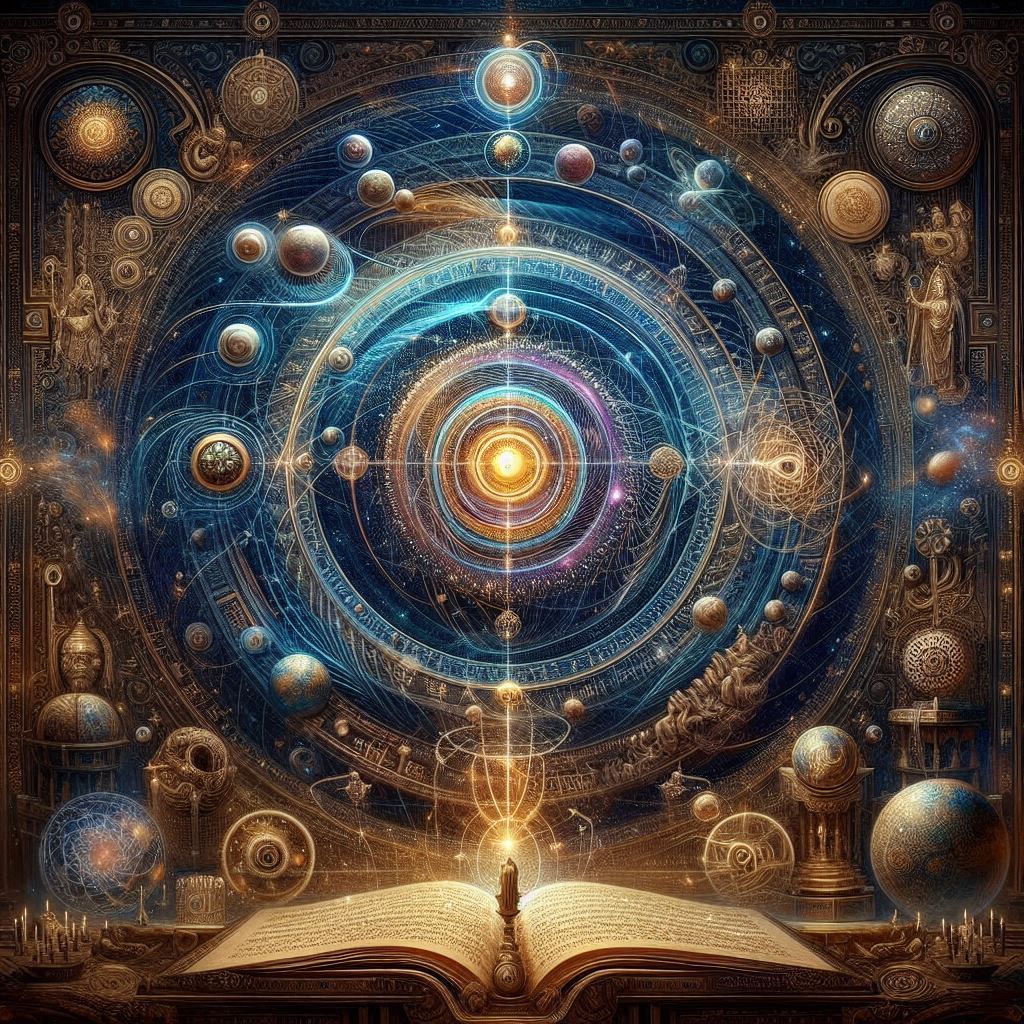
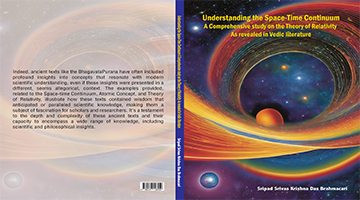
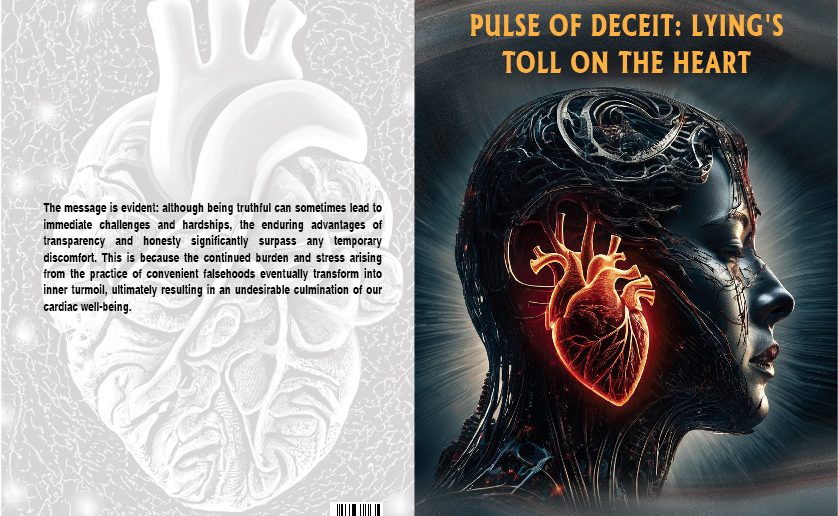
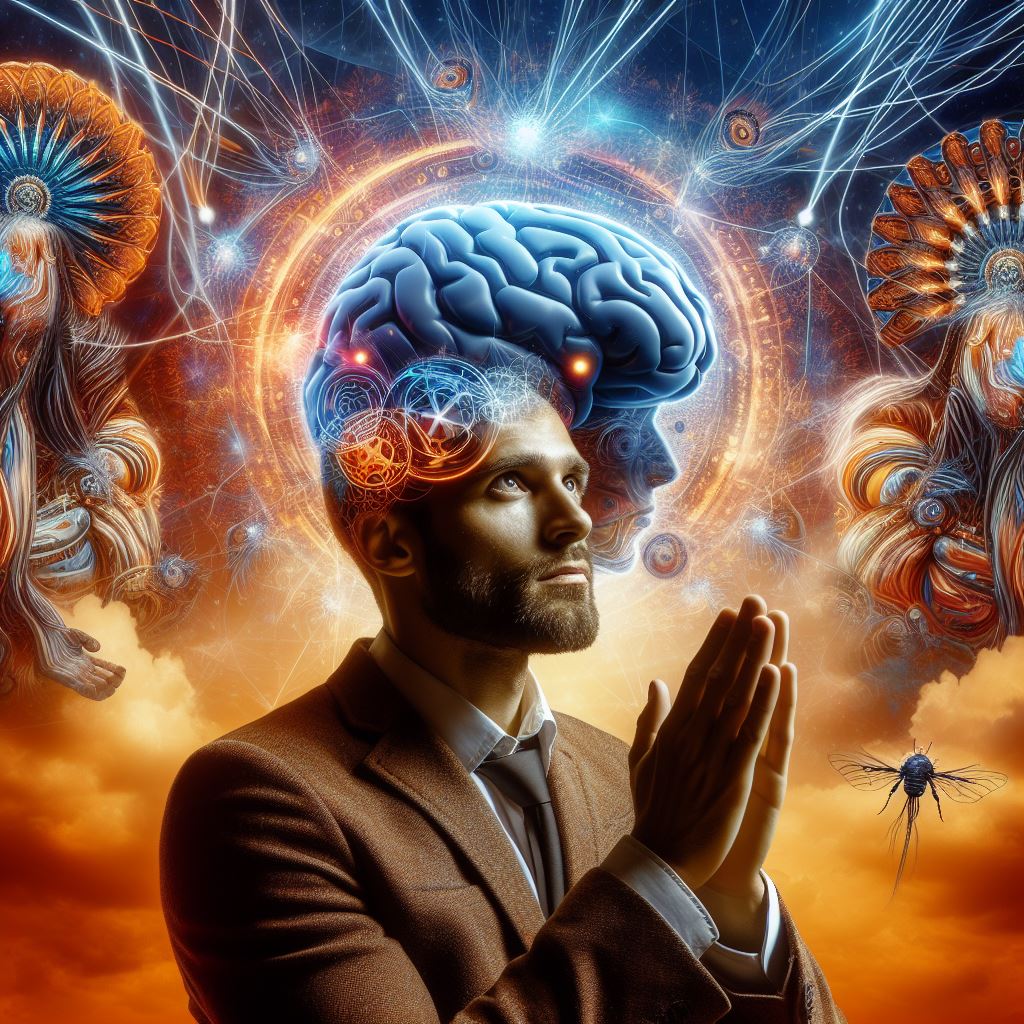







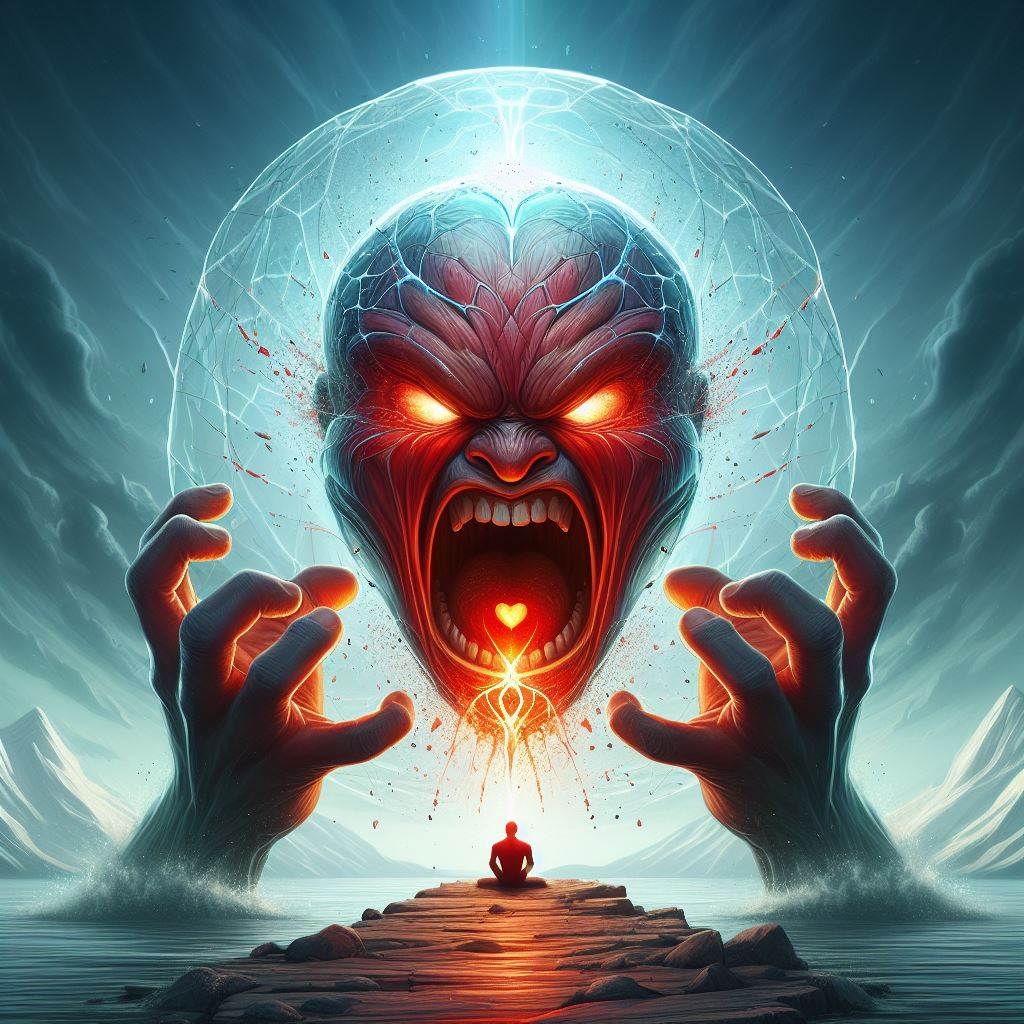
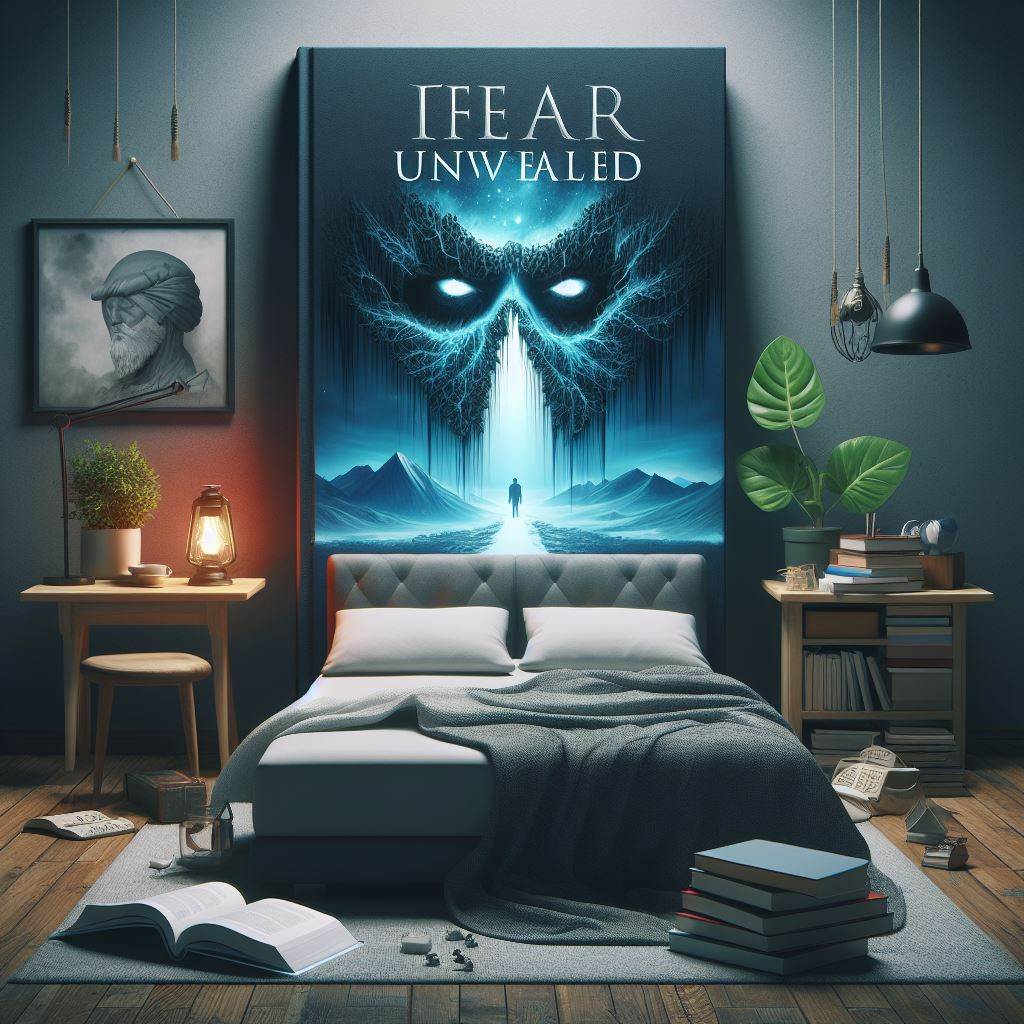
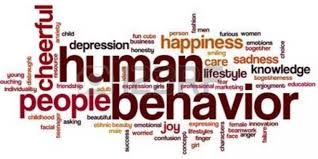



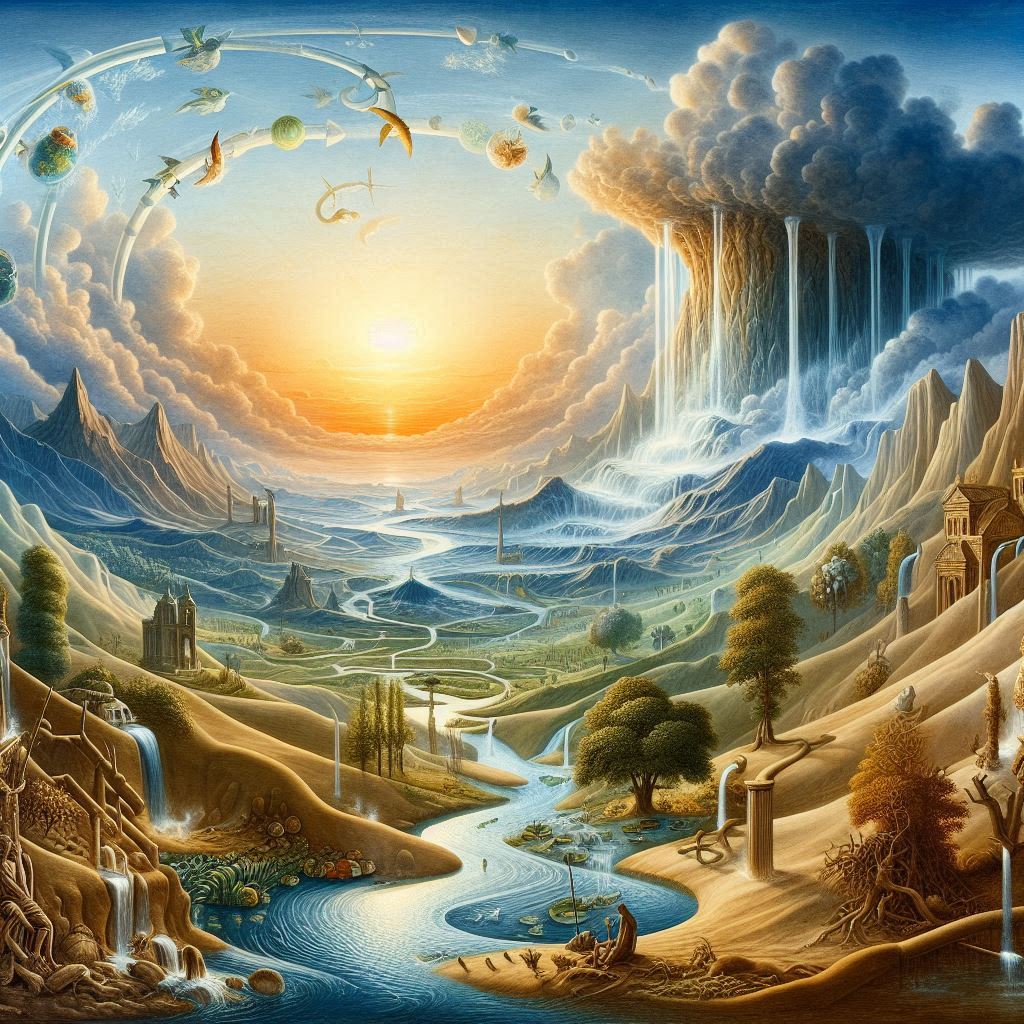
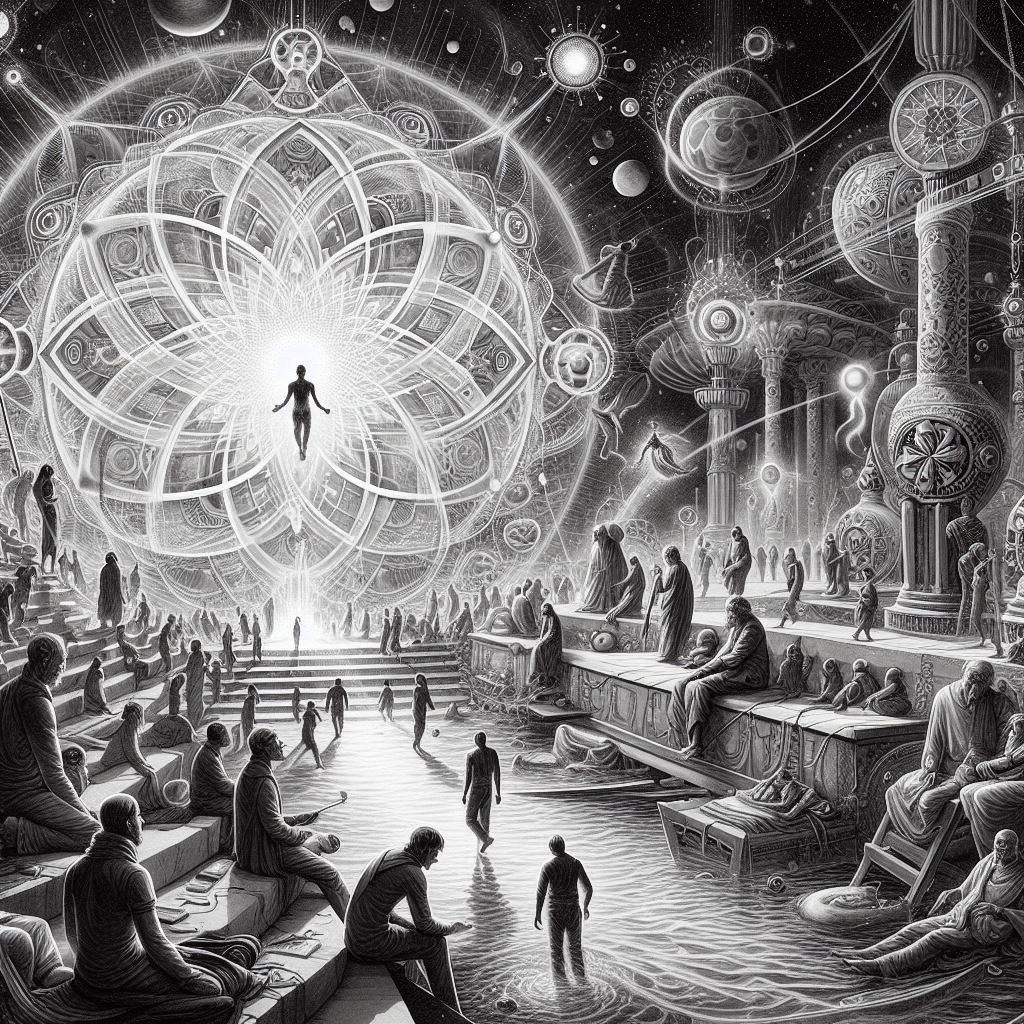
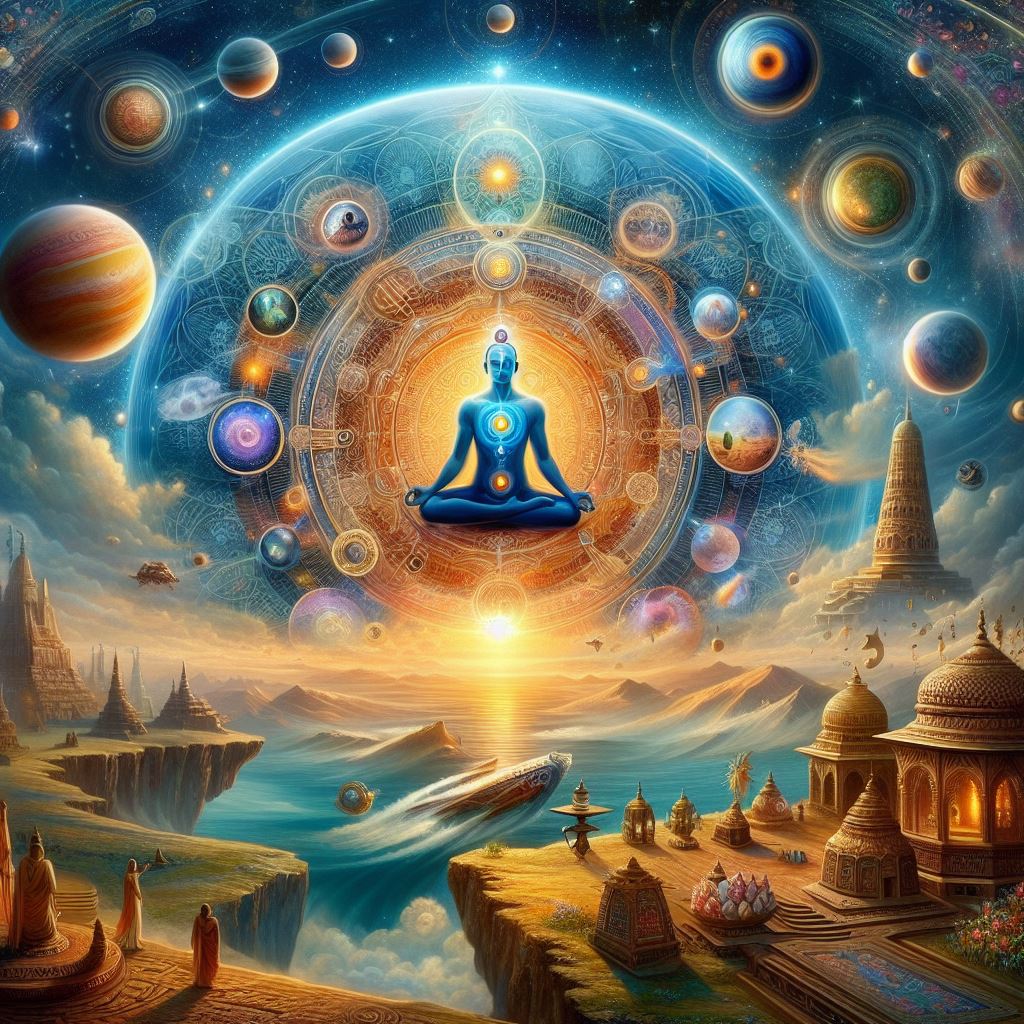
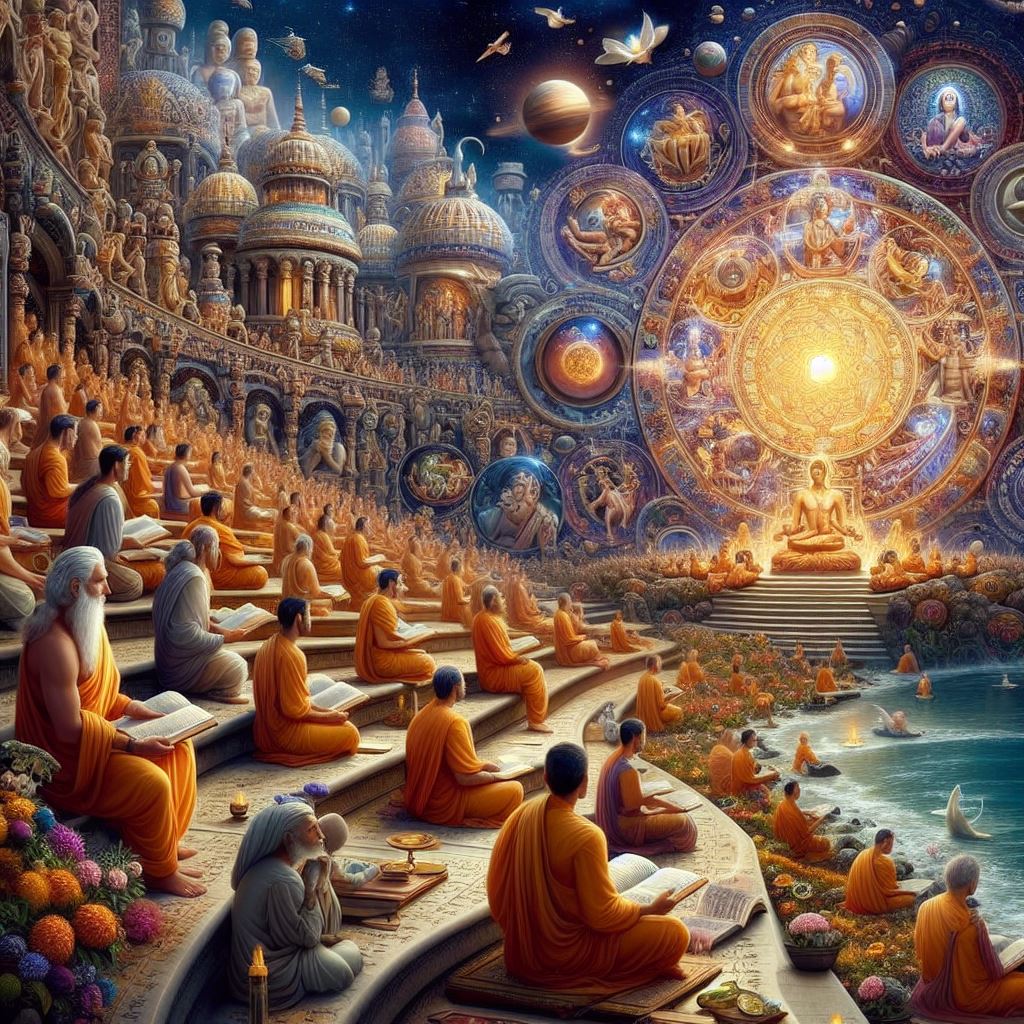
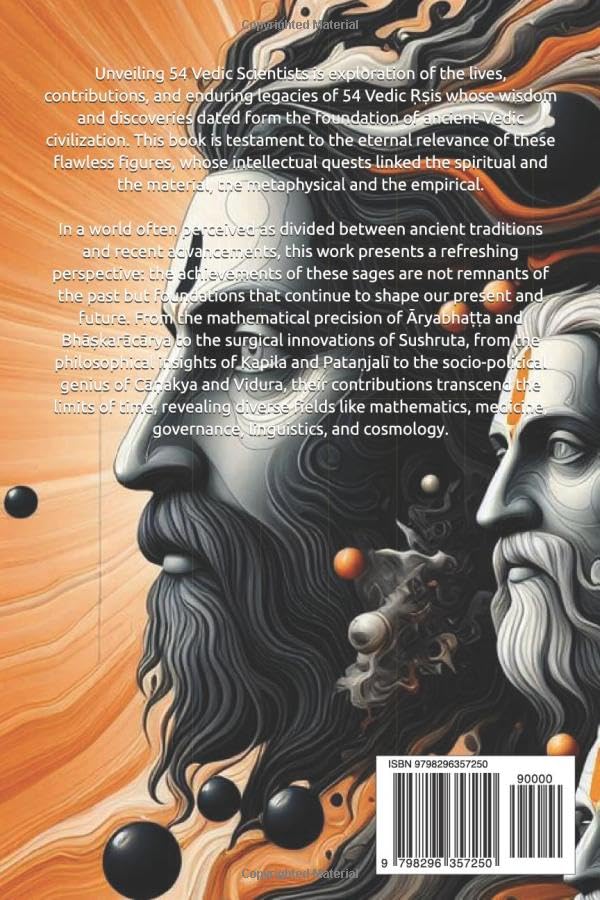
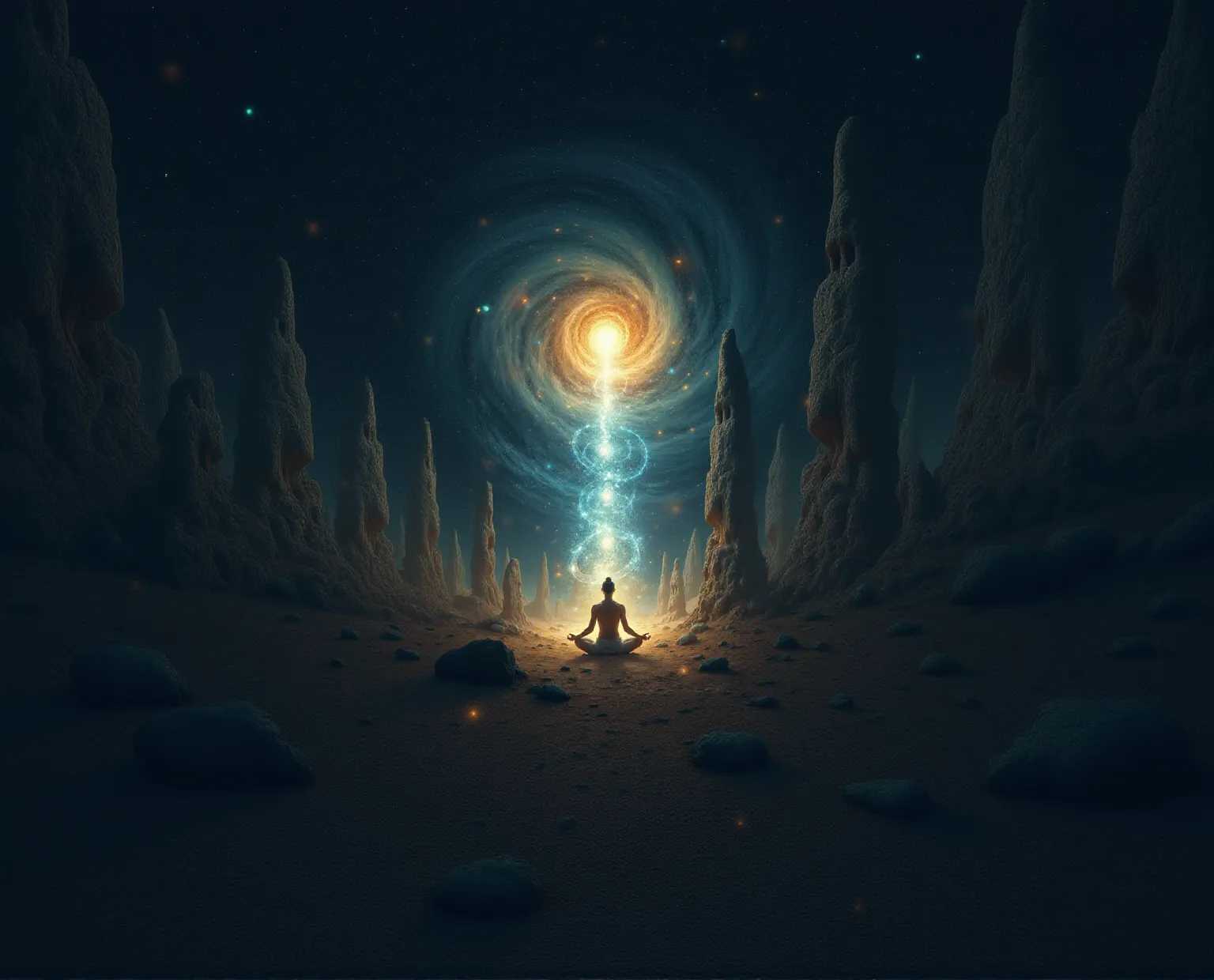
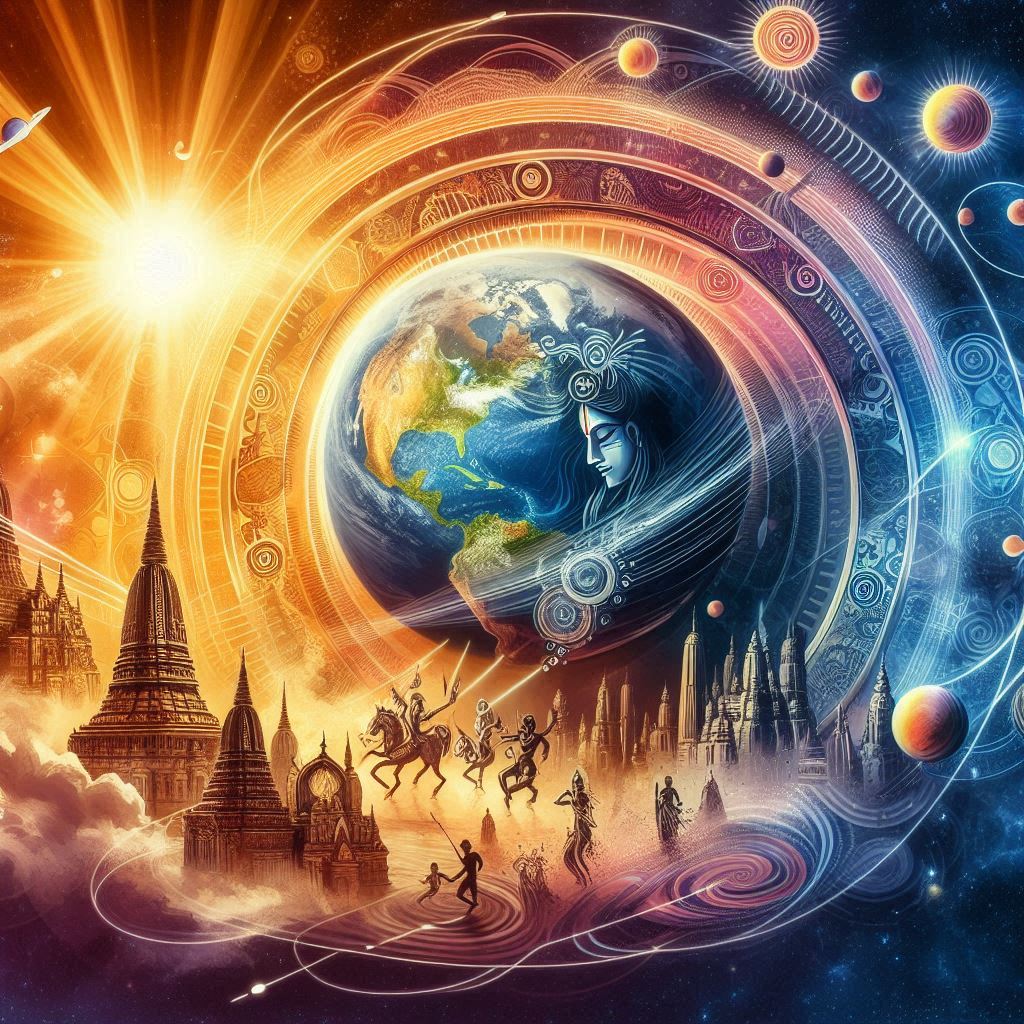
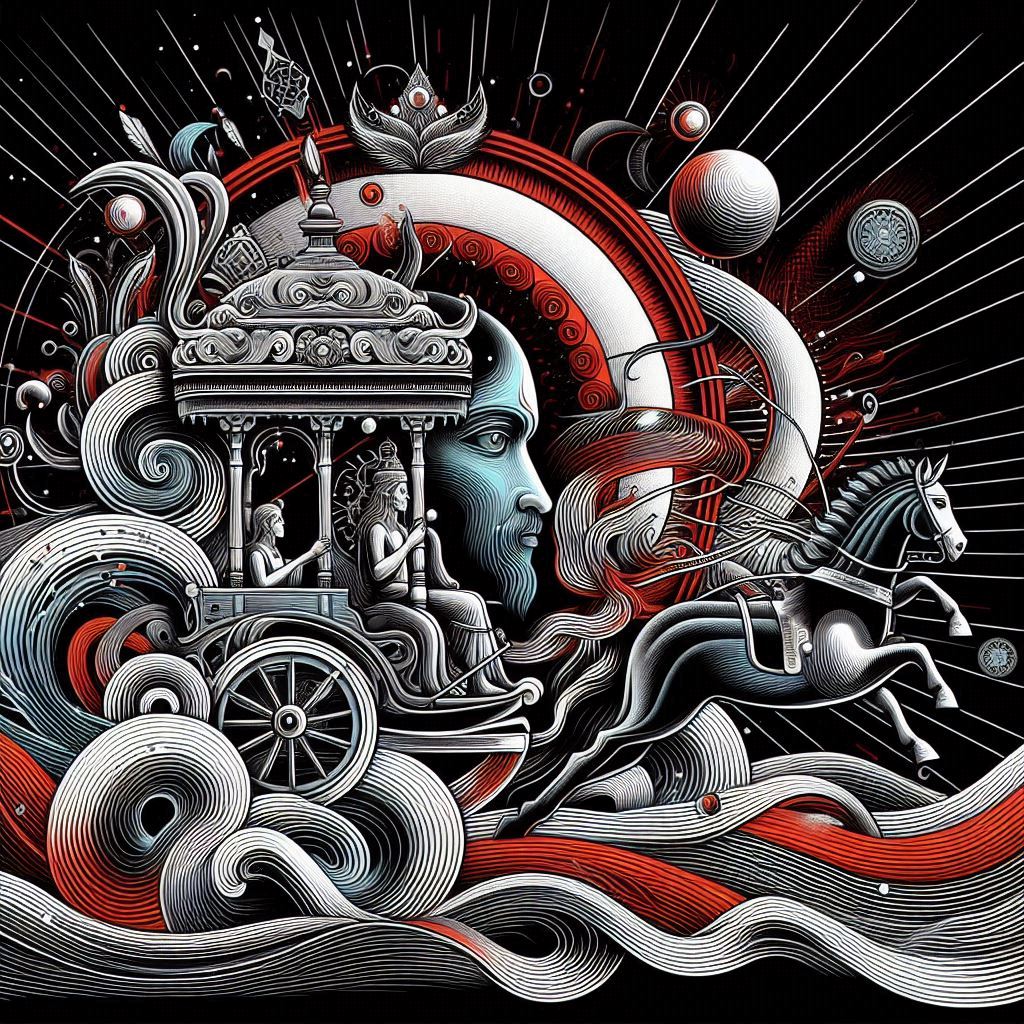
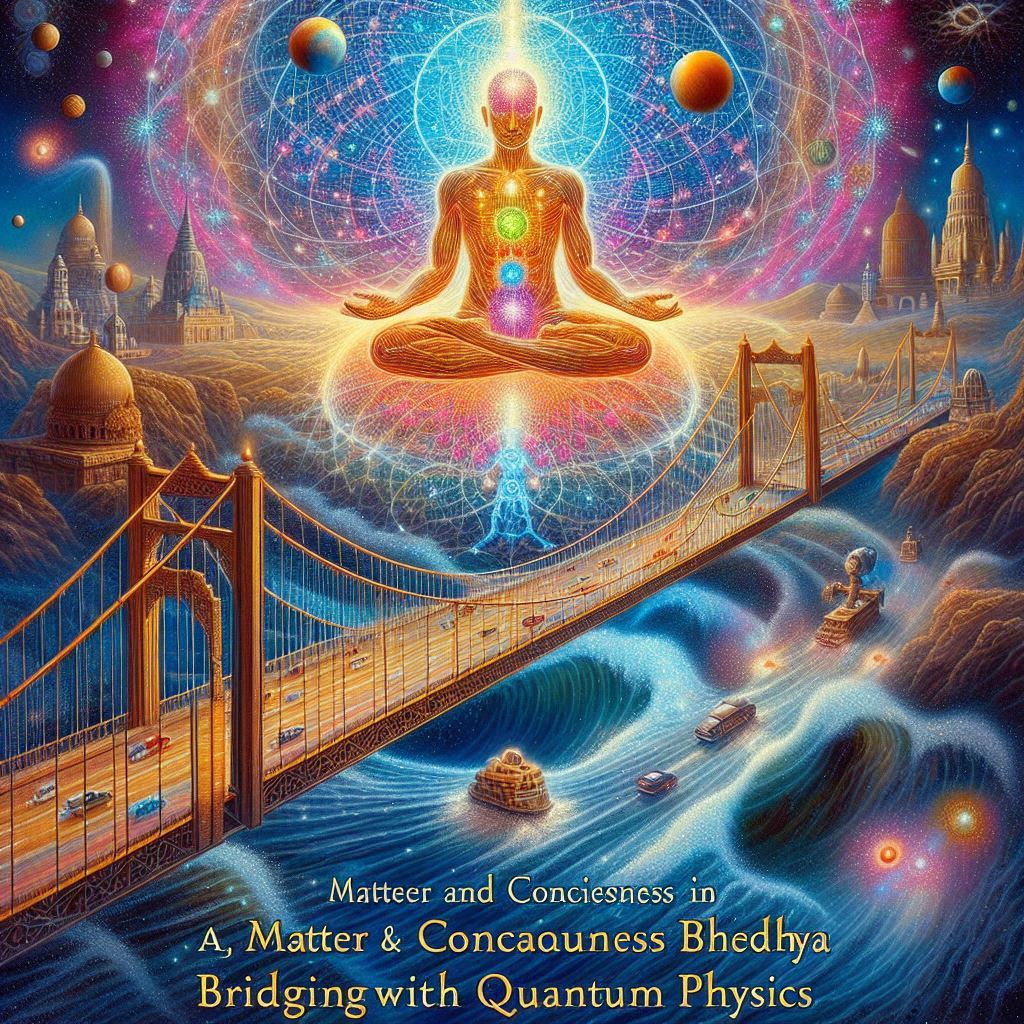
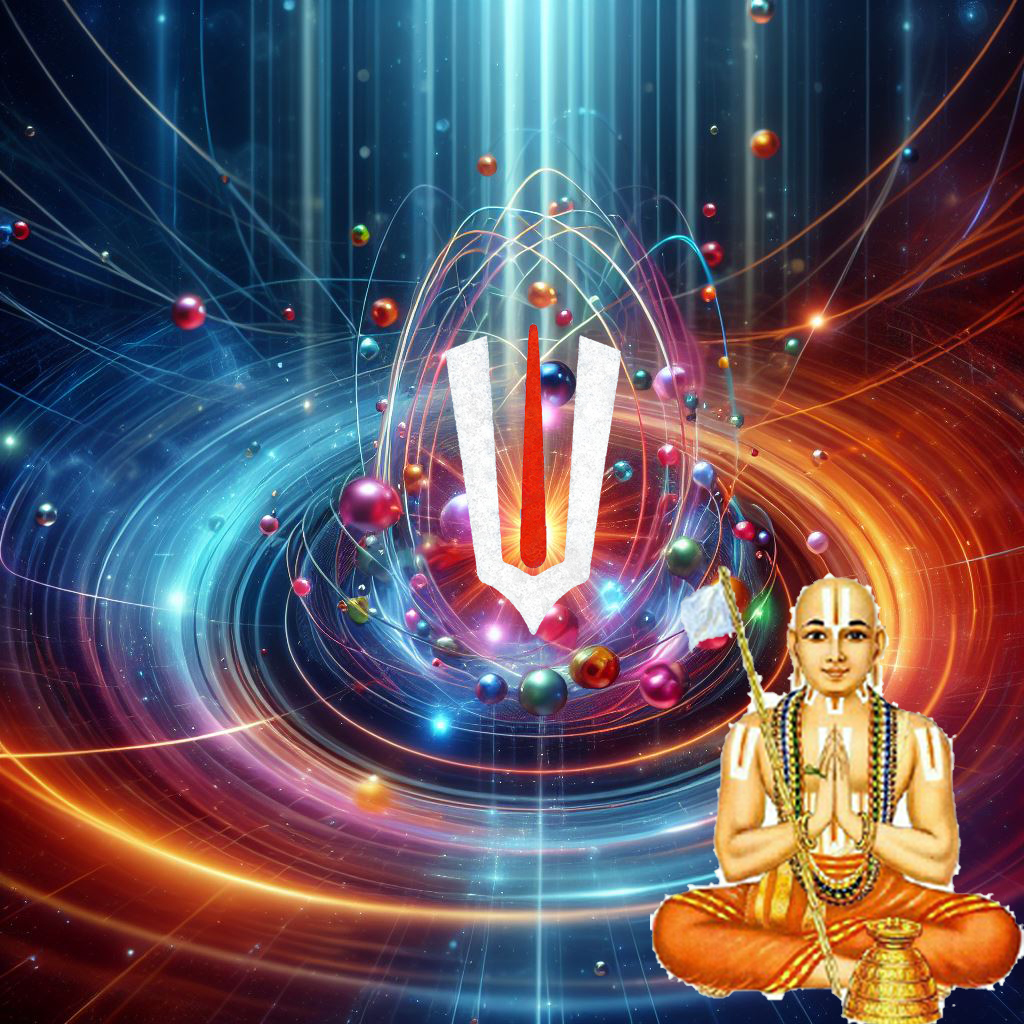
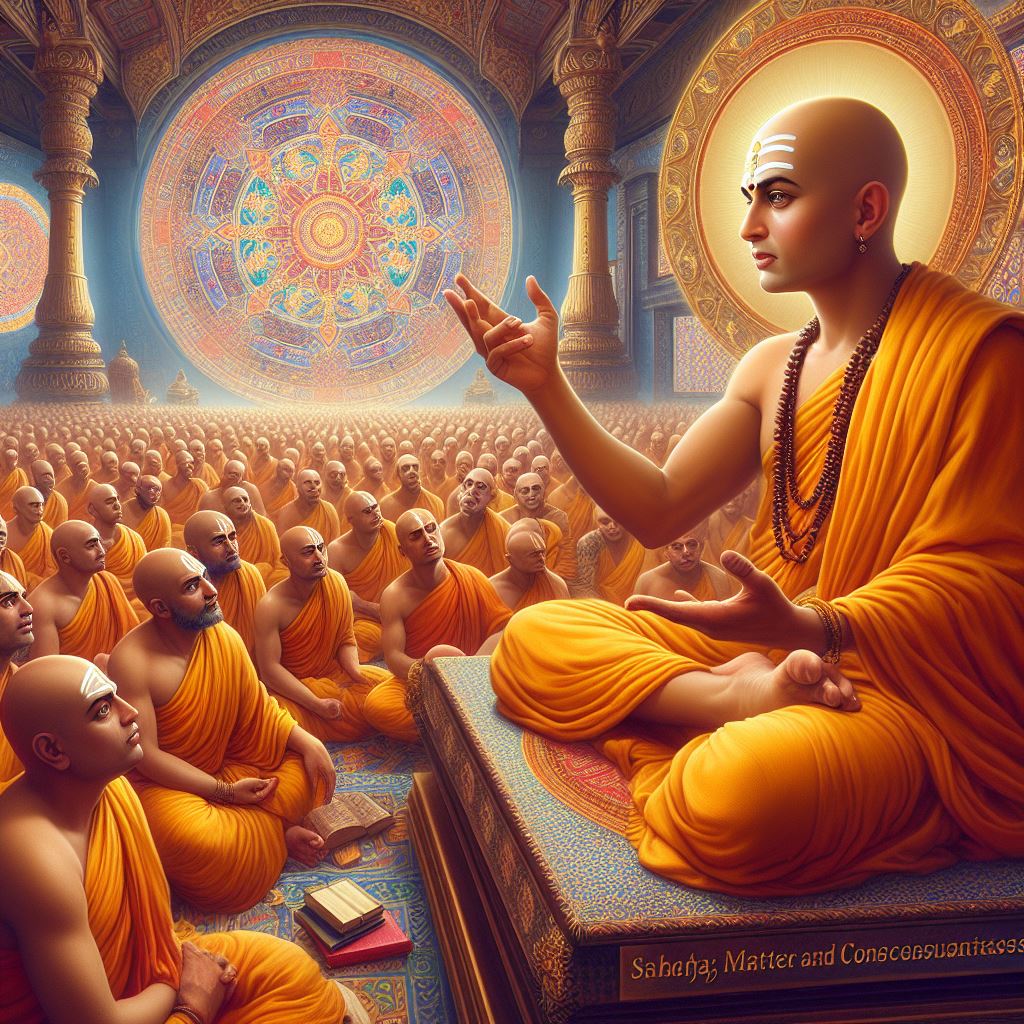
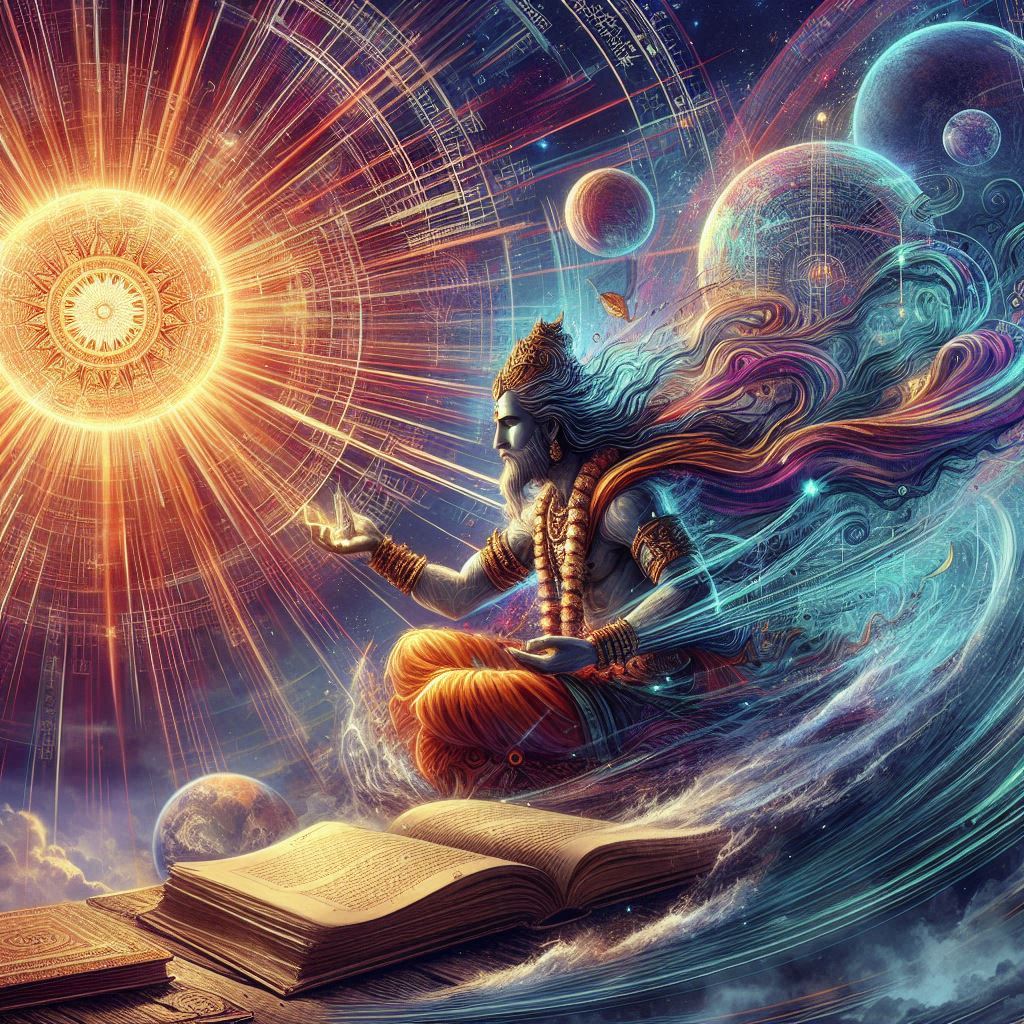
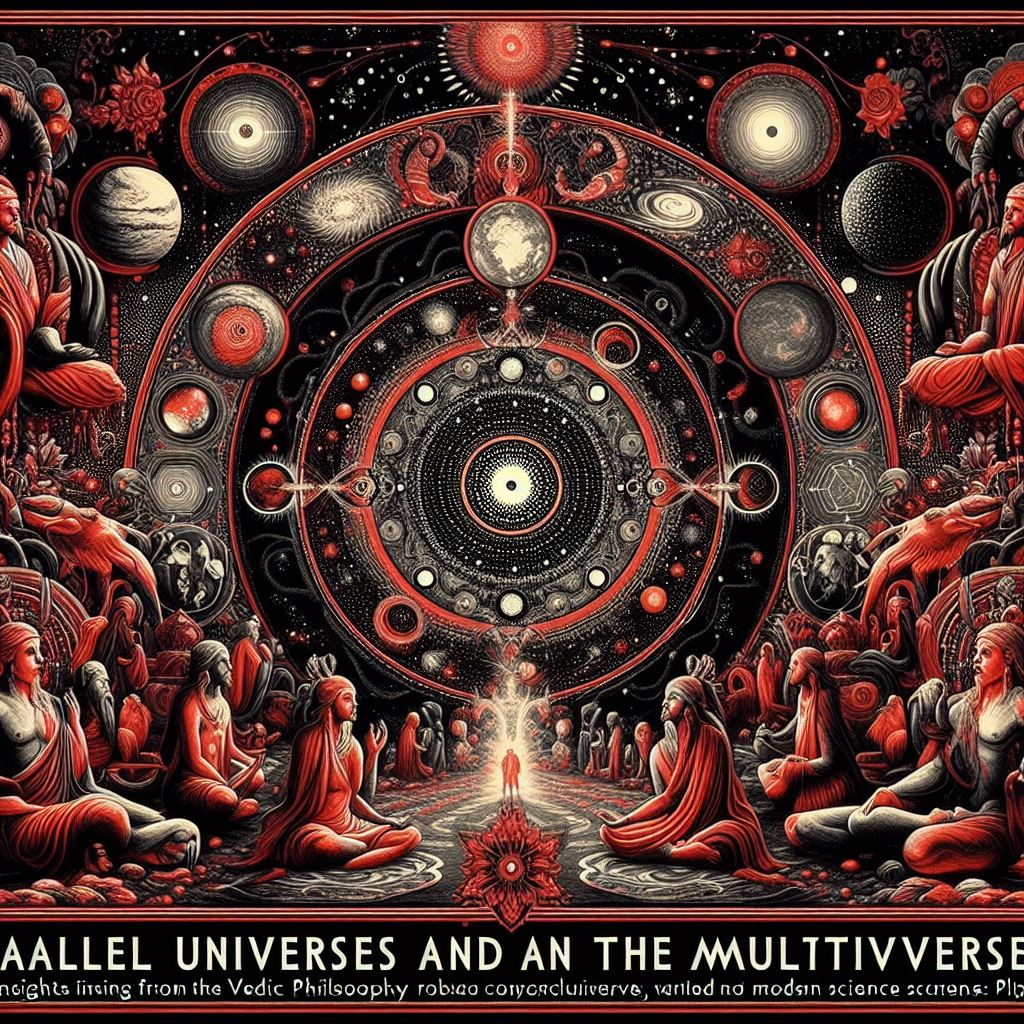
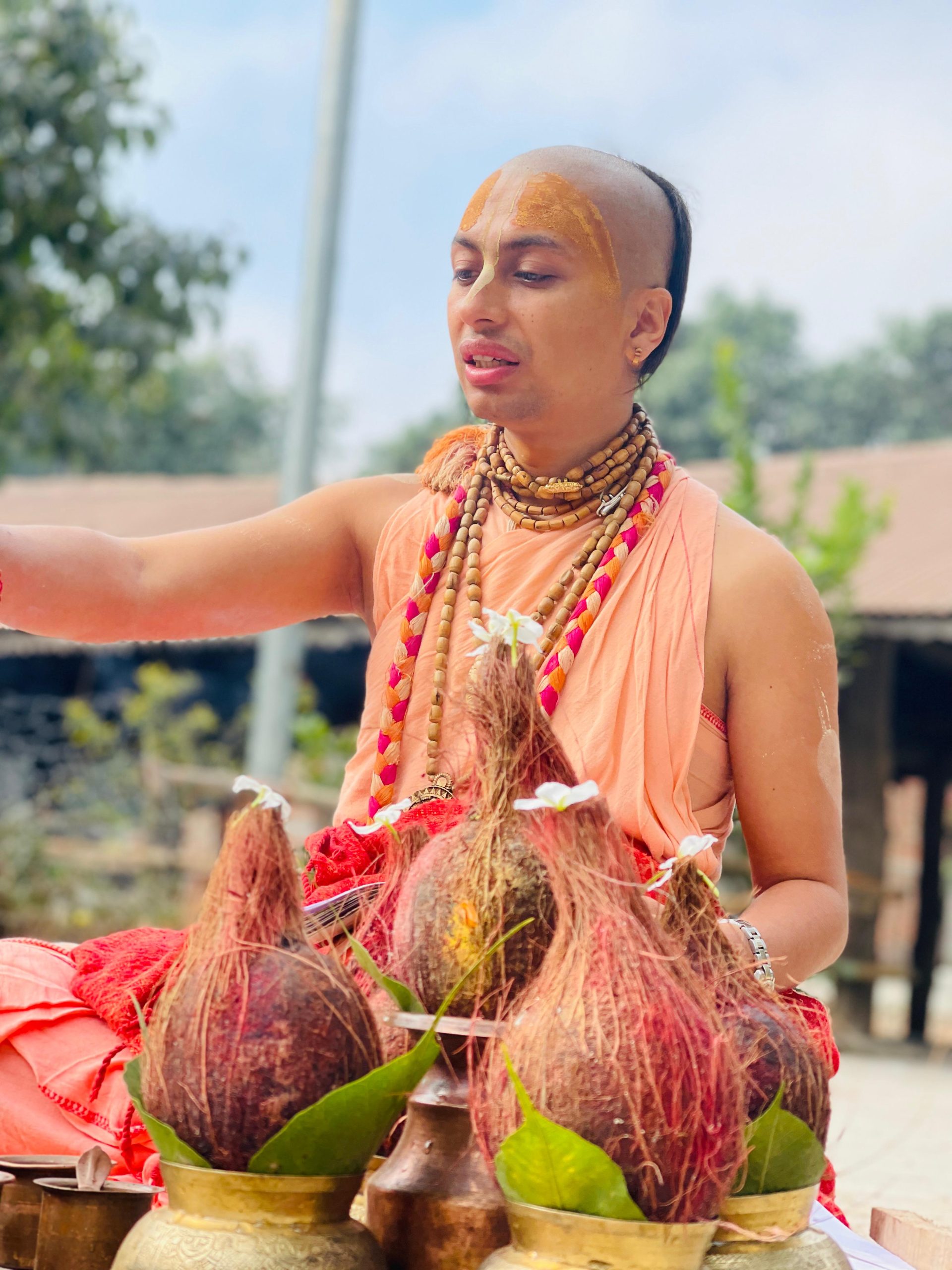
Origin of Science
The Psychospiritual Roots of Crime
Unveiling 54 Vedic Scientists
The Existence of the Soul: Exploring Neuroscience, Quantum Physics and Vedic Philosophy
Temporal Relativity in Vedic Literature: An Interdisciplinary Analysis of Time Dilation Narratives
Acharya Kaṇāda: The Ancient Sage Who Discovered the Atom
Evidence of Vedic Sanātana Hinduism as a Global Dharma
String Theory as Mentioned in Veda
Sanskrit’s Role in Advancing AI: A Comprehensive Study
The Vedic Model of the Mind: A Contemporary Exploration
Vedic Contributions to Geometry: Unveiling the Origins of Mathematics
Matter and Consciousness in Achintya Bhedābheda: Bridging with Quantum Physics
A Comprehensive Study of Aeroplanes and Aviation in Vedic Literature